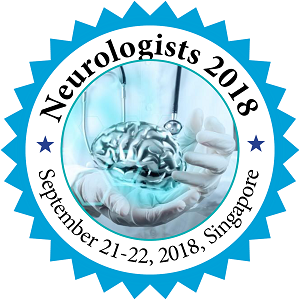
Arun Oommen
VPS Lakeshore global lifecare, India
Title: Current strategies of managing paroxysmal sympathetic hyperactivity in TBI
Biography
Biography: Arun Oommen
Abstract
PSH commonly occurs in about 15-33% of patients following severe head injury if associated with at DAI, Brain stem Injury, preadmission hypoxia or in the younger age group. The management of PSH following severe traumatic brain injury (TBI) remains problematic, primarily due to an inadequate understanding of the pathophysiology of the condition. PSH exerts a profound negative influence on the final outcome in affected individuals.
The pathophysiological basis by recent evidences support two recent hypothesis –
1. Direct injury to the Hypothalamus
2. Functional disconnection of the hypothalamus and diecephalon from rest of the CNS.
PSH aggravates secondary brain injury by basically 3 mechanisms,
- Hyperthermia,
— Rigidity and posturing
— Elevation of circulating catecholamines
DD includes-Lethal catatonia ,Malignant hyperthermia ,Infection ,Serotonin syndrome , Delirium Tremens (DTs),Dystonias, Meningitis, Neuroleptic Malignant Syndrome, Pediatric Sepsis, Thyroid Storm
Management include -Physical Therapy, Occupational Therapy, Speech Therapy. Drugs like Alpha-adrenergic and beta-adrenergic blockers Bromocriptine Chlorpromazine, Dantrolene Morphine ,Propranolol are helpful.
While the original theories inferred an epileptogenic source, there is greater support for disconnection theories.

